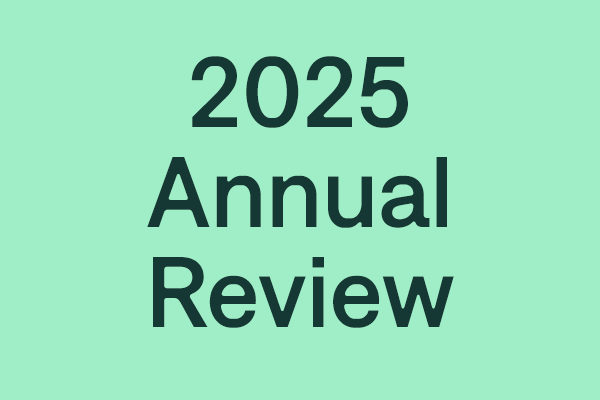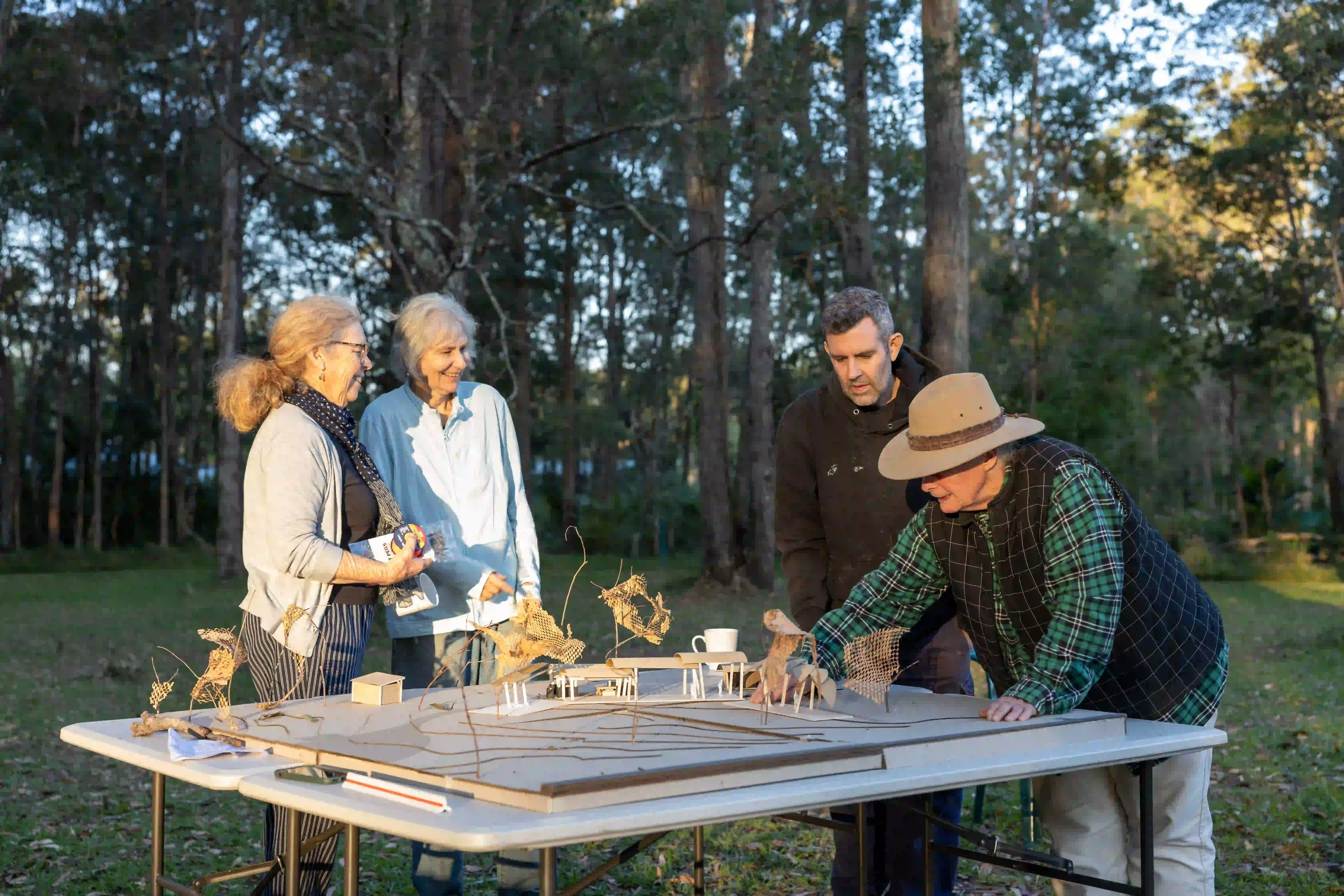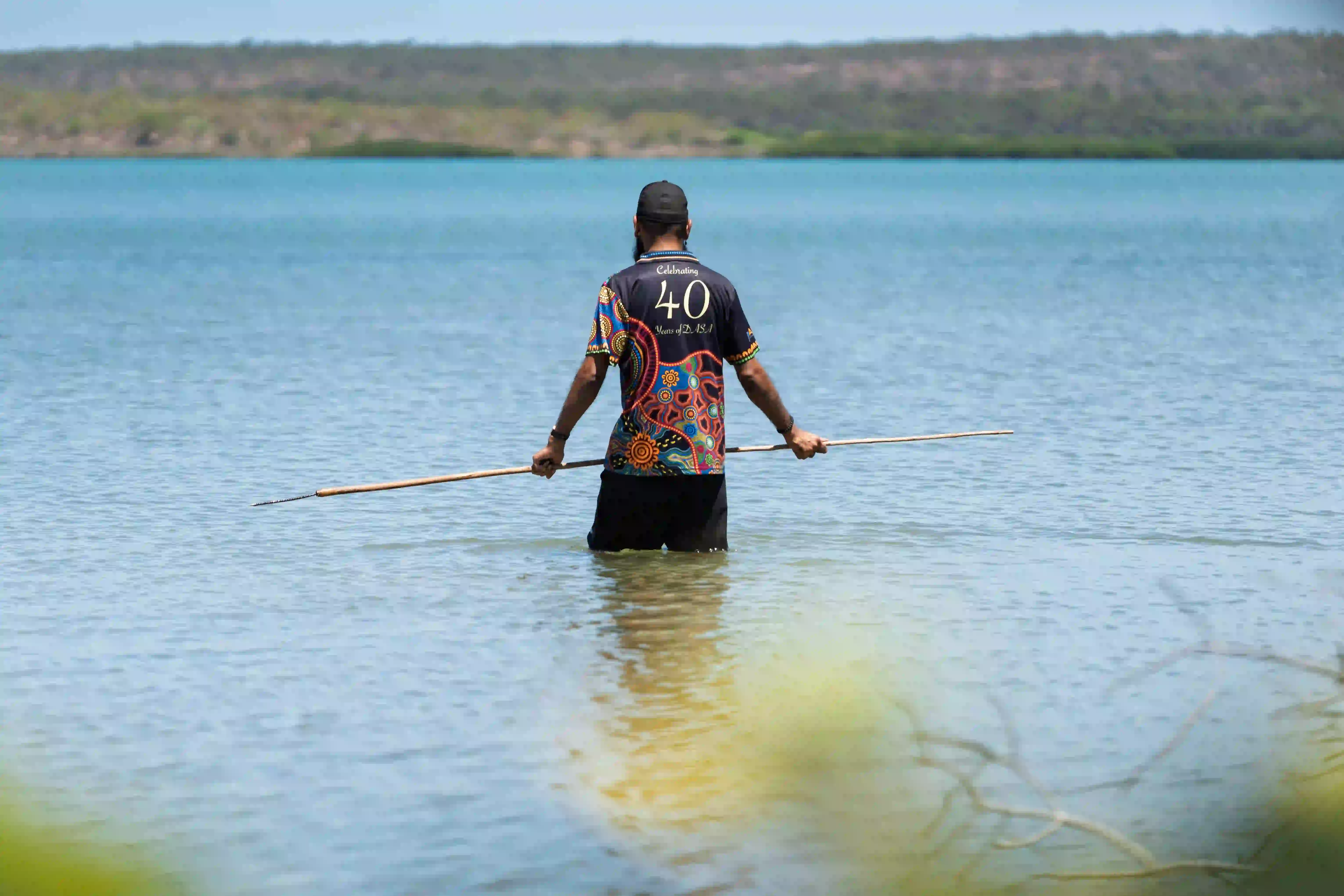Supporting healthier communities and breaking cycles of disadvantage: Five actionable insights and ideas from research in 2022
Alex Fischer (Head of Research, PRF) and Nick Davis (Partnership Officer, PRF)
How does listening to the voices of individuals and communities help frame and prioritise the questions investigated by researchers and journalists, and does it ultimately shift the balance of our priorities and actions?
In the past eight months, PRF has supported The Conversation to publish a series examining a number of priorities being discussed by individuals and communities and the corresponding research being published by academics and journalists around Australia. The series focuses on how to promote healthy communities where all children have access to the opportunities they want and need to thrive. The issues underpinning these stories achieved prominence during and immediately after the federal election, during which political parties compete for news coverage and community attention, and issues and ideas become currency of public debate.
Across almost sixty published articles, The Conversation’s series asked a range of policy-relevant and forward-looking questions:
- What changes when young people participate formally and informally to shape policy design?
- How can we reform care services to better support youth in out-of-home care, those with disabilities, and people in need of housing or transitioning out of the justice system?
- How do the experiences of place, parents and pay become predictive factors in shaping access to opportunities and development of our brains?
- How do the public narratives in media reporting interact with or respond to parliamentary debate to impact the process of social change, specifically on issues related to First Nations communities?
- For some communities, including LGBTQI+ people, people living with disabilities, and teenagers, how can community and government services better support those people who experience social isolation or exclusion, and what are we learning about the importance of belonging and strong relational health?
The series further asks us to consider the ramifications of the ‘invisible’ disasters like climbing temperatures and energy poverty for communities and households, and suggests solutions to prevent or attenuate them. It also addresses a range of other themes including social housing, reforming a justice system that turns too readily to incarceration, and an inclusive labour market with opportunities for all – all overlaid by the importance of lived experience.
Here are five core ideas and new questions from the series which we plan to take into 2023.
1. We can improve the way youth and those with lived expertise are engaged as part of the policy-making process.
Taking seriously the experience of poverty reported by children reveals three themes: children miss out on the material basics far too often, and this is a structural and public problem, not an individual one; poverty limits children’s ability to participate in activities and services, and; poverty eats away at time in which children form their most important relationships.
If we can better understand this experience, then it follows that we can better tailor solutions to reduce need, support activities and services, and enable supportive relationships. Another article suggests that while we need to listen to those with lived experience, in the case of child family violence we also need to be careful that the court system does not silence or retraumatize them. Elsewhere, authors explore how youth advisory committees and youth surveys are being used to track youth priorities, identified in the youth barometer as improved education and future employment, climate change, wellbeing and mental health. Incorporating the priorities of young people should lead towards improved long-term planning necessary for systemic shifts.
In 2023, how do we expand the mechanisms and methods used to engage youth and communities authentically and systematically in the funding and policy making processes?
2. By understanding how one life event or shared experience shapes the next, we can use the predictors of future pathways to target, sequence and prioritise what matters most earlier in children’s lives.
Our parents, pay, and place of residence remain key factors in how and when we access opportunities across our life journey. The articles raise questions for how we move away from reactive policies towards ones which create greater access to opportunities and stem identified failures of our current systems.
Authors in the series identified a range of factors that can be used as predictors, many of which build from literature about the social determinants of health and or use longitudinal data to search for patterns across our life course. One article explored how children who experience out of home care support are more likely to miss vital school days, leading to inequitable educational outcomes, yet we do not have effective collaboration between education and child protection systems to improve attendance rates. Another article recommended greater funding for sporting infrastructure for schools in low socio-economic areas, highlighting a direct correlation between a school’s relative educational advantage and the students’ success in running carnivals in Tasmania. Another study linked how a child’s brain develops with where they live, advancing our understanding of the ways our geographic and community context shape emotional, social, and physical development, both positively and negatively. Supporting positive and connected communities and neighbourhoods where people and institutions look after each other may be one of the best things we can do to create positive pathways for our children.
In 2023, how do we increasingly act upon the predictive nature of certain life events and create programs and approaches which change those likelihoods?
3. We can improve the way that the care economy measures emotional, social and relational wellbeing, particularly as part of delivery and accountability of support services.
When asked, LGBTQI+ communities, people from linguistically and culturally diverse communities, people with disabilities, and the elderly reveal particularly acute forms of exclusion, occasionally manifesting in adverse mental health and diminished productivity. A cross-sectoral emphasis on improving relational capital, including preventing negative dynamics such as invisible bullying and increasing the positive levers – such as drawing on creative pursuits like painting, singing or dancing – supports flourishing communities in which everyone feels valued.
Authors argue that we may achieve this by reducing skills gaps and improving jobs in the care economy. In the mental health system, for instance, the ‘inverse case law’ exists, whereby those who most need support are often last to receive it, with one study focusing specifically on middle aged women. Further, conditional welfare systems create ‘performative vulnerability’, undermining care when seeking to tick qualification boxes required to access support.
In 2023, we will consider how to integrate socio-emotional and relational wellbeing into the provision of care services to better enable those seeking access to opportunities.
4. The series discusses the media’s coverage of issues of equity, opportunity and disadvantage, and the benefits of shifting to strengths-based framings and measures.
Authors identified how institutions’ assessment and classification criteria undermine service supports, the importance of changing the research question towards one focused on youth’s positive behaviours and how communities are using social media to challenge negative narratives. Several other articles empirically explore the patterns of coverage of First Nations’ communities in decades of reporting and identify the pressure build-up and ‘release valve’ in public discourse which surrounds 26 January each year – importantly, this research notes, this pressure is absent on the floor of our parliament. This year it’s likely Australian voters will vote on whether to enshrine an Indigenous Voice to Parliament in the Constitution. How we discuss the Voice to Parliament will be material to our equitable shared future.
In 2023, how do we deepen our understanding of the practices and moments that drive attentive and responsive media coverage and parliamentary debate to voices of First Nations people and communities experiencing social exclusion? How do we track competing framing in ways which inform productive social debate?
5. The COVID-19 pandemic helped shed light on the truth that disadvantage is intersectional and compounding. And just as disadvantage is cross-cutting, so too must its solutions be.
Older Australians with lower incomes or wealth face many challenges to ‘successful ageing.’ Both winter and summer bring similar problems: trade offs between the energy use required to sustain wellbeing and prevent illness, and energy poverty. In lower-income suburbs across Australian cities, climate changes and rapidly increasing average temperatures threaten to compound and lock in disadvantage. Holistic and social approaches to ‘climate readiness’ and adaptation – including drawing on Indigenous Australians' invaluable traditional knowledge of living well in Australia’s hot temperatures – represent an opportunity to make our cities and communities more equitable. Similarly, individuals leaving the justice system need better housing support, and not in the form of rental assistance but in stability of social housing options and critical wraparound supports like literacy training, access to IDs, and professional advocates. The incarceration-homelessness pathway remains severe, particularly for women and people with disabilities.
In 2023, how does understanding the intersectional and compounding dynamics of recidivism change the supports we provide for children, youth, and the post-release pathways that link dimensions of an individual's life, family and community?











